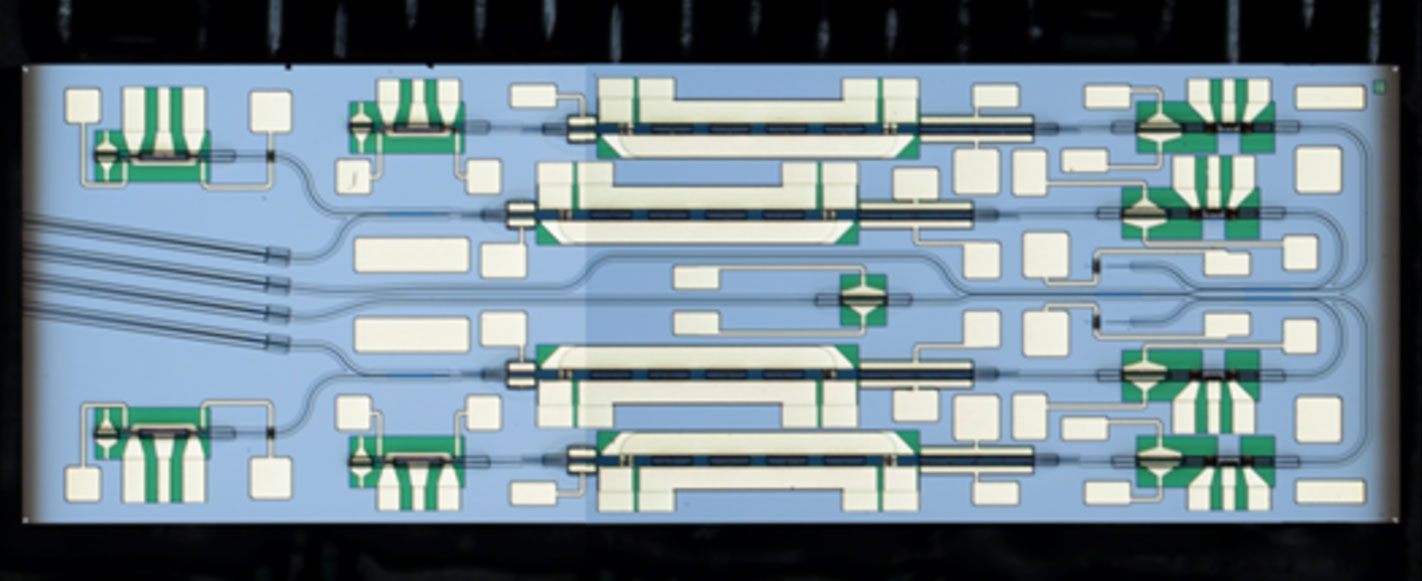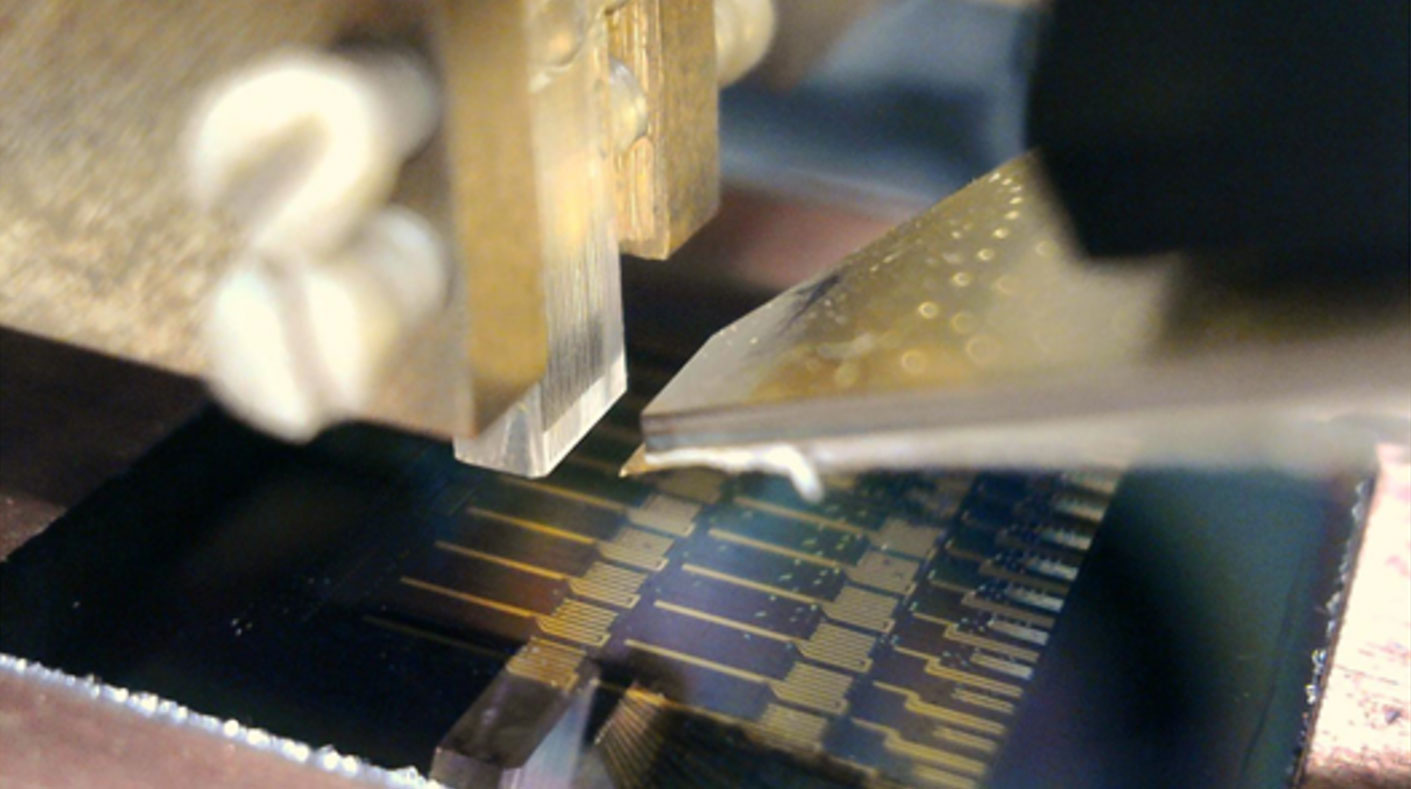Ruprecht Karl University of Heidelberg
Neuromorphic Quantumphotonics Research Group
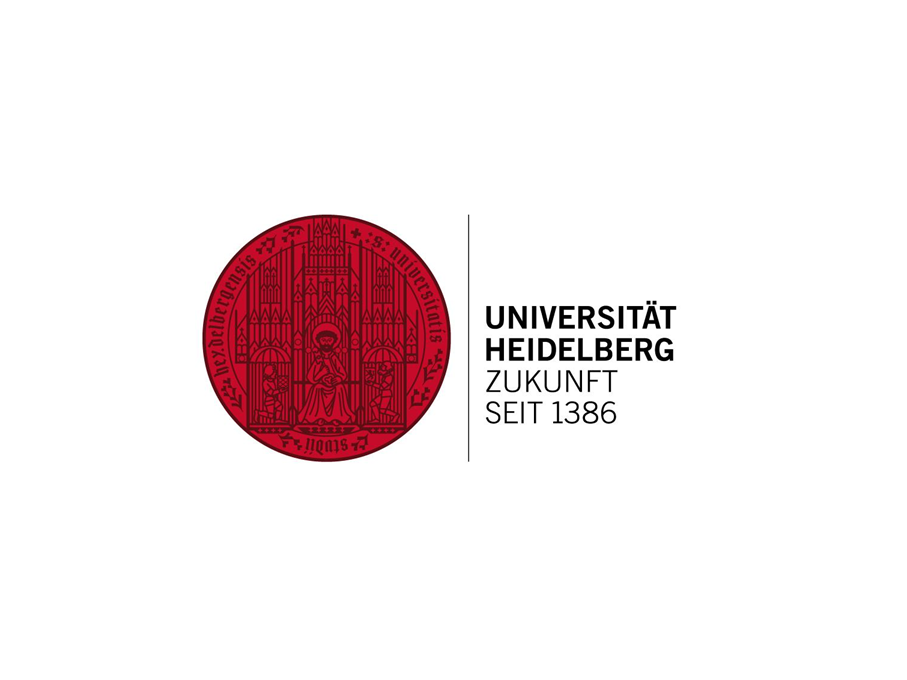
Role in the consortium
Our team is responsible for building integrated photonic systems for high precision single-atom addressing. A particular task of our team is developing novel high-speed modulators which provide high extinction ratio and low-noise programmability.
What are the goals?
- Symmetric power splitting in PICs from 1 to n demanded output ports with ultra-low insertion loss and identical splitting ratios
- Develop waveguide-integrated low-loss photonic modulators with extinction ratio and high power handling capability
- Demonstrate high speed optical modulation at Strontium spectral lines
- Deliver packaged demonstrators to the MPQ partner for integration
- Upscale to enable addressing of up to 400 qubits
How do we plan to achieve that?
We will use photonic design and clean room manufacturing to build programmable photonic networks. Photonic circuits will be created from thin-film substrates and combined with RF electronic interfaces. In order to enable high power operation, we will use heterogeneous integration to deliver low-loss modules with output powers sufficient for qubit operation.
We target optical modulation bandwidth beyond 5GHz with high slew rates of 100ps and an extinction ratio exceeding 60dB. Using integrated photonic circuits will enable control of up to 400 qubits at MUNIQC-Atoms with laser powers up to 2W. To achieve such high extinction ratio, we use cascaded Mach-Zehnder interferometers and HF electrical device control. Furthermore, novel waveguide geometries are investigated to reduce propagation losses and electrical drive voltages. All components will be embedded in standalone modules which can be used by the other project partners.
The envisaged modules will be coupled to optical fibers and will be controlled by custom RF electronics. We will perform system testing and validate the specified performance.
Open positions
If you are excited about quantum- and nanophotonics and would like to develop cutting-edge technology – join us!
We are hiring:
- Outstanding experimental physics and electrical engineering PhD students with experience in photonic design, circuit board design, FPGAs and electronics.
- Postdoctoral researchers with a strong background in photonics, electronics, or experimental quantum information processing.
We currently offer positions with focus on different areas, including:
- Development, test, and nanofabrication of integrated photonic circuits;
- Photonic computing, heterogeneous integration and packaging
You will work in an international team of highly skilled physicists, photonics and quantum engineers. Your tasks will include
- Numerical design, implementation and testing of photonic integrated circuits.
- Planning, collecting and analyzing data from characterization and application of your photonic circuits.
Here you can find more information about our research and job opportunities.
Team
Our team has extensive experience in designing and building advanced integrated photonic circuits (PICs) for photonic computing and quantum photonics [1,2]. We realize reconfigurable PICs using state-of-the-art nanomanufacturing and implement full-scale systems with fiber-optic and RF electronic access [3]. We develop novel processes for high quality photonic components, as well as building blocks, design tools and customized measurement environments for room-temperature and cryogenic characterization.
For high-speed (RF) reconfigurable photonics, we develop waveguide-integrated electro-optic modulators [4] made from thin-film Lithium Niobate. Besides waveguide-based photonic circuits, we develop efficient packaging solutions for multi-channel access of opto-electronic systems.
[1] J. Feldmann et al., All-optical spiking neurosynaptic networks with self-learning capabilities. Nature 569, 208 (2019).
[2] S. Khasminskaya et al., Fully integrated quantum photonic circuit with an electrically driven light source. Nat. Photon. 10, 727 (2016).
[3] J. Feldmann, et al., Parallel convolutional processing using an integrated photonic tensor core, Nature 589, 52 (2021).
[4] E. Lomonte et al., Single-photon detection and cryogenic reconfigurability in lithium niobate nanophotonic circuits. Nat. Commun. 12, 6847 (2021).
Prof. Dr. Wolfram Pernice
Principal investigator

Wolfram Pernice leads the Neuromorphic Quantumphotonics Group at the Kirchhoff-Institute for Physics at Heidelberg University. His group has been developing photonic circuits for applications in quantum computing, neuromorphic computing and information processing for many years. His experimental work has been widely recognized and is commercialized through two startup companies.
Dr. Francesco Lenzini
Principal investigator
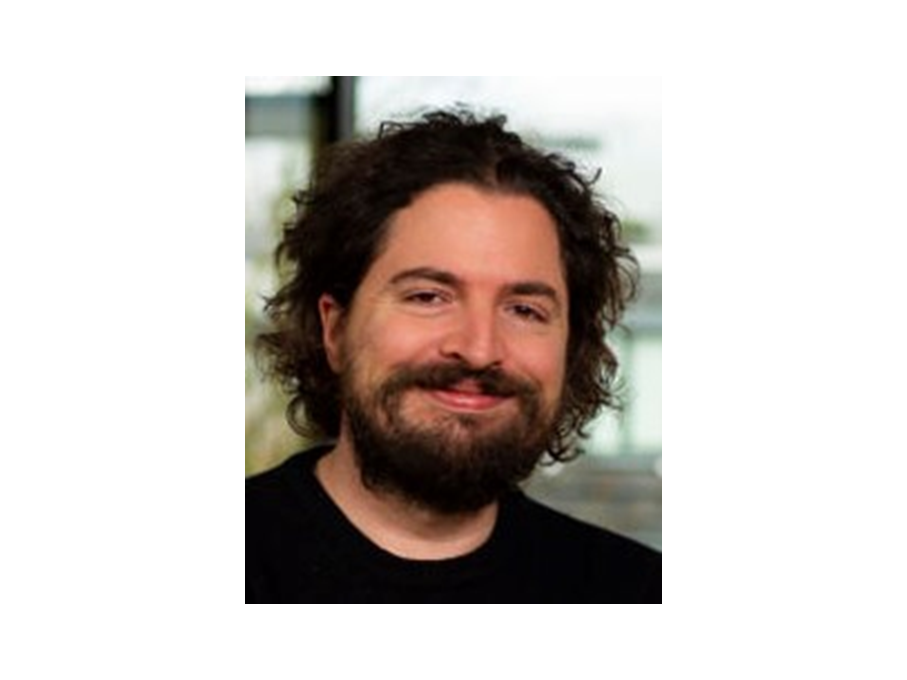
Francesco Lenzini has completed his PhD in 2017 at the Centre for Quantum Dynamics of Griffith University, Australia, focussing on the development of photonic integrated circuits for Quantum Information with Continuous Variables. Since 2018, he is a postdoc at University of Muenster, where he has leaded a new research programme aiming at the realization of high-speed programmable quantum photonic circuits on the novel Lithium-Niobate-On-Insulator platform.
Julian Rasmus Bankwitz
Doctoral Candidate
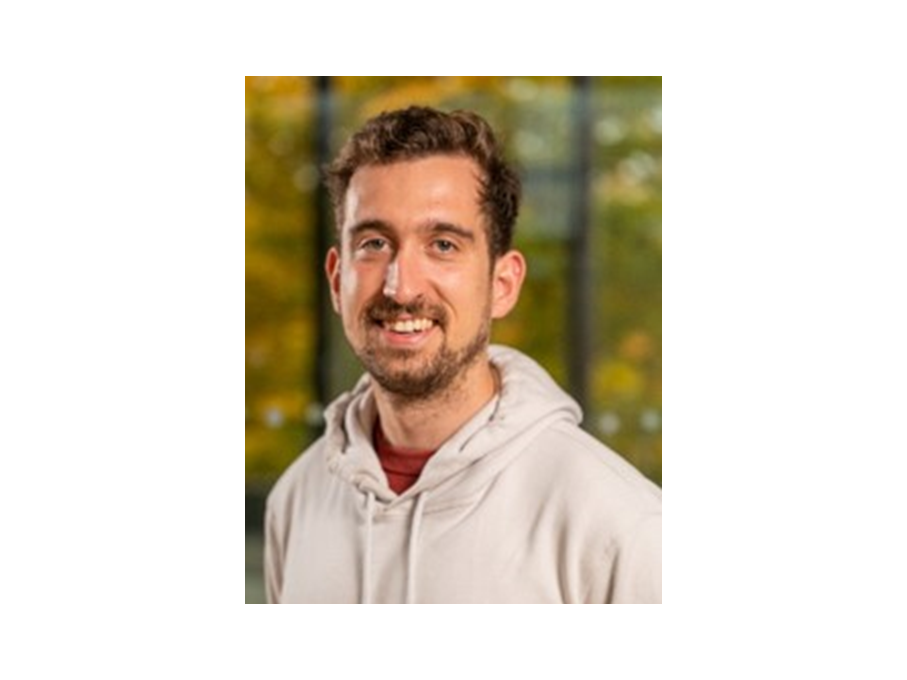
Rasmus is an expert in integrated photonics and manufacturing of photonic integrated circuits (PICs) in unconventional materials. Furthermore, he is interested in the development of novel active components for PICs. Rasmus is working on integrated optical switches on highly electro-optically active material platforms allowing precise pulse control for trapped ions.
Philipp Schultzen
Doctoral Candidate

Philipp has experience in free-space optics and many-body quantum systems. Further interest lies in quantum information and cryptography and their realization in photonic integrated circuits. His work covers the development and design of integrated electro optical modulators both in the visible and UV-regime and the optimization of splitting structures for optimal transmission.
Klara Maria Meyer-Hermann
Doctoral Candidate
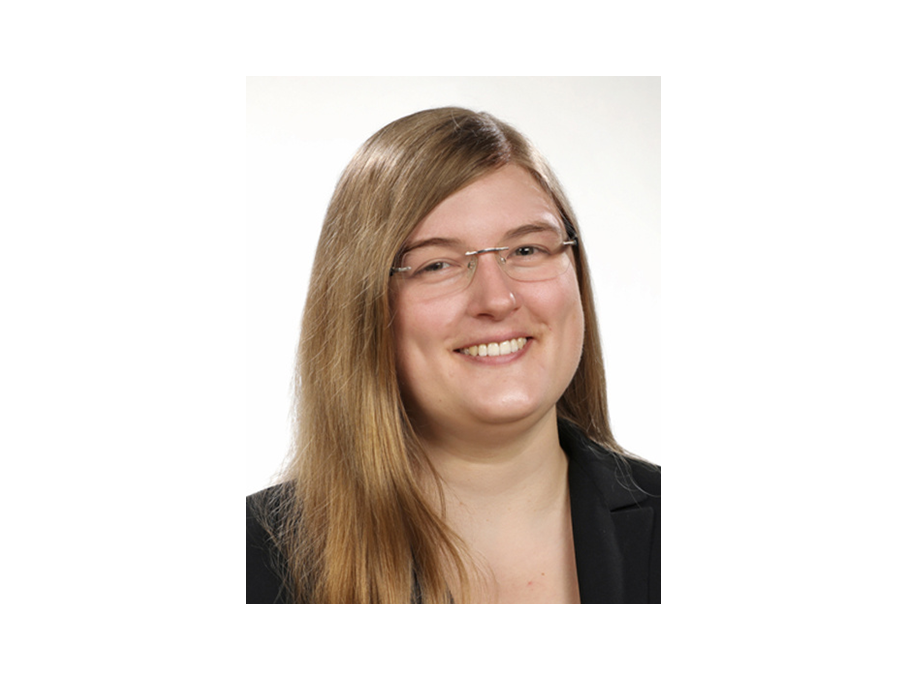
Klara is designing on-chip controllable optical elements for precise control of light. Her focus is on novel opportunities in the UV regime. During her Bachelor and Master studies she developed a passion for laser light properties and manipulation of light properties.
Contact persons

Funding acknowledgement
Sponsored by the Federal Ministry of Education and Research, grant number 13N16074
